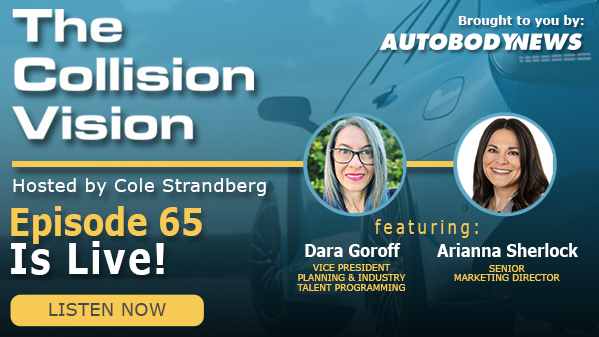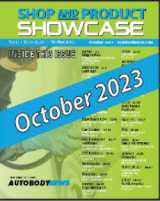From Our Columnists
From Our Columnists
Autobody News columnists specialize in in-depth editorial content that commands the attention of key decision-makers in the collision repair industry. Our exclusive coverage provided by industry experts amplifies this commitment to excellence. From technological advancements to strategic market
Join the Autobody News Community!
Subscribe now and receive our weekly e-newsletters, delivered directly to your inbox.

Sponsored Content
Sponsored Content
Top Stories
Top Stories
Featured Video
Carl’s Collision tour showcases the latest PPG refinish technologies
The PPG LINQ™ digital ecosystem and PPG Moonwalk® automated mixing system helped achieve a 15% increase in key-to-key productivity.
Shop & Product Showcase
- Read testimonials from real collision repair shops about the tools and technologies they use to get the job done.








